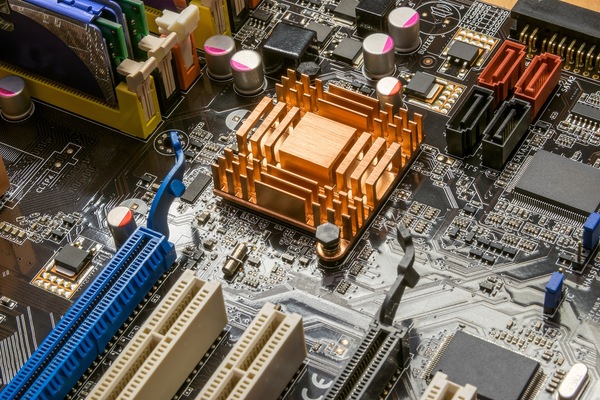
Over the last decade, drones have played a pivotal role in numerous military operations around the globe. At this point, it is clear that drones will be a centerpiece of the military of the future.
This news comes as no surprise, as these advanced avionics systems allow military personnel to carry out essential missions without risking the lives of friendly assets. However, drone technology has the potential to revolutionize a broad range of private sectors as well.
To step into this role, drone technology must take another huge leap forward. This step will require drone developers to invest in embedded flight systems. These fully integrated systems engineering solutions offer the resilience and versatility necessary for drones to perform in a diverse range of combat and non-combat environments.
Embedded flight systems can optimize drone performance when paired with other cutting-edge solutions. Examples of these ancillary solutions include internal navigation equipment, weapon guidance and flight control systems, aviation modeling and simulation software, and universal armament interface technologies.
Modern embedded flight systems will also allow systems engineering teams to circumvent some of the biggest hurdles to widespread drone deployment.
Currently, drone pilots must undergo extensive training in order to efficiently operate these high-tech aerial vehicles. Even if stringent training protocols are followed, drones can be challenging to fly and face a high risk of crashing, especially when used in degraded GPS environments.
Embedded flight systems have the potential to eliminate these barriers. In turn, drones could be deployed in a wide array of applications other than defense. Potential use cases for drones with embedded flight systems include equipment monitoring, search and rescue, hazardous chemical detection, crop assessment, and wildfire monitoring.
Drone developers who are early adopters of embedded flight systems will have the opportunity to capitalize on these emerging markets. In turn, this can lead to better profitability, which can be used to fund the next generation of drone technology research and development.
As mentioned above, embedded flight systems can have a positive impact on private sector adoption of drone technology. However, the primary advantage of embedded flight systems still pertains to the use of these aerial vehicles in combat and defense applications.
The United States must be prepared in the event of a conflict with “peer” or “near-peer” competitors. Manned aircraft and remotely-piloted drones are susceptible to GPS jamming equipment and anti-aircraft missile systems. In a combat environment, these assets would experience unsustainable attrition rates.
Embedded flight systems would facilitate artificial intelligence-driven drone piloting solutions. These AI pilots could effectively navigate degraded or denied GPS environments and reduce asset attrition rates. This approach would provide the U.S. with a viable deterrent to traditional aerial countermeasures.
On the commercial front, AI piloting technology could be used to overcome looming pilot shortages. AI pilots could enhance the efficiency of airborne shipping methods. By investing in leading-edge embedded flight systems, systems engineering teams can unlock the true potential of drone technology.